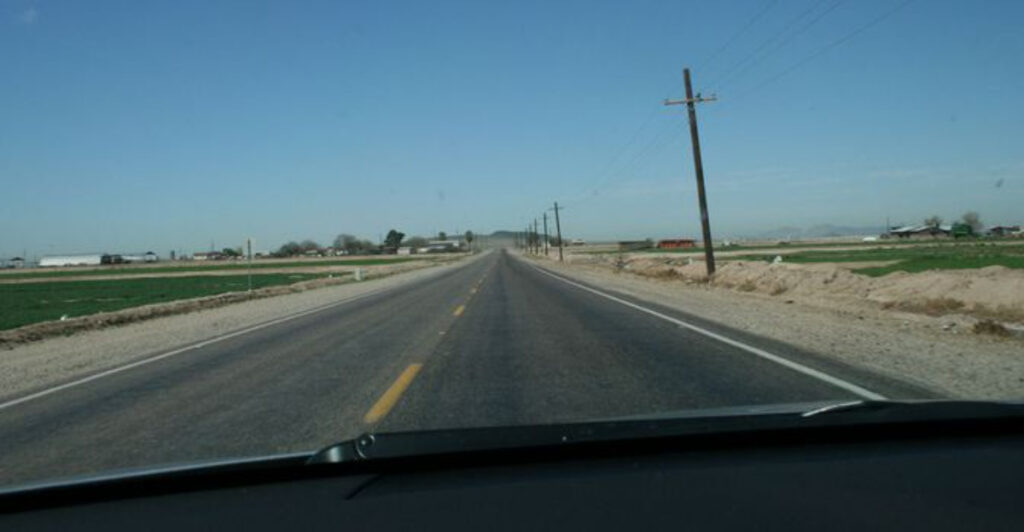Spanning from Tybee Island, Georgia, to San Diego, California, U.S. Route 80 was once a vital transcontinental artery, now largely forgotten yet steeped in history. Known by names like the Dixie Overland Highway, this route played a crucial role in connecting the South and Southwest. Today, significant portions are decommissioned, leaving behind a path of historic landmarks, scenic views, and cultural stories. This blog post explores twelve facets of Route 80’s unique legacy, from its origins and historical significance to its current status as a quiet, nostalgic journey through America’s heartland.
1. Originally a Coast-to-Coast Artery

U.S. Route 80, once stretching 2,700 miles, served as a coast-to-coast connection from Tybee Island, Georgia, to San Diego, California. It was a crucial link between the Atlantic and Pacific Oceans, fostering trade and migration across the country. This highway was a major route for travelers, offering a glimpse of America’s diverse landscapes, from coastal plains to arid deserts. Its significance in connecting east to west made it a vital part of America’s transportation history. Although it no longer serves its original purpose, remnants of this grand road continue to tell stories of a bygone era, offering nostalgia and a sense of wonder.
2. Mother Road of the South
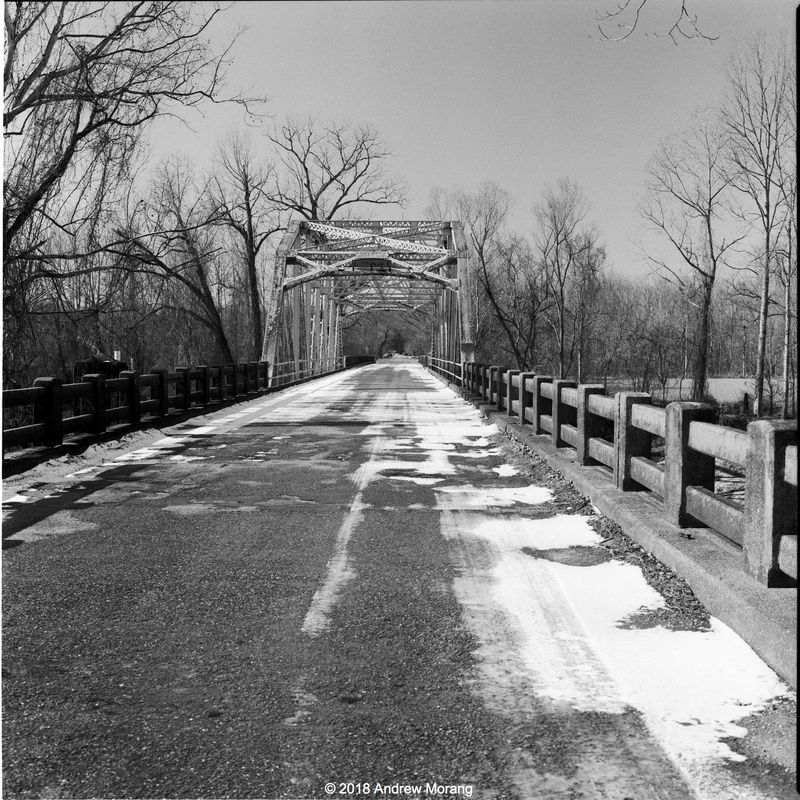
Dubbed the “Mother Road of the South,” U.S. Route 80 was known as the Dixie Overland Highway and the Bankhead Highway, serving as a major southern counterpart to Route 66. It provided an essential path across the southern states, offering access to vibrant cities and rural landscapes. This route was instrumental in the development and cultural exchange within the South, highlighting the region’s diversity and charm. Its legacy as a southern lifeline remains, with historical markers and preserved sections that celebrate its role in American history. The route still evokes a sense of southern hospitality and adventure.
3. Vital to Developing the Southwest
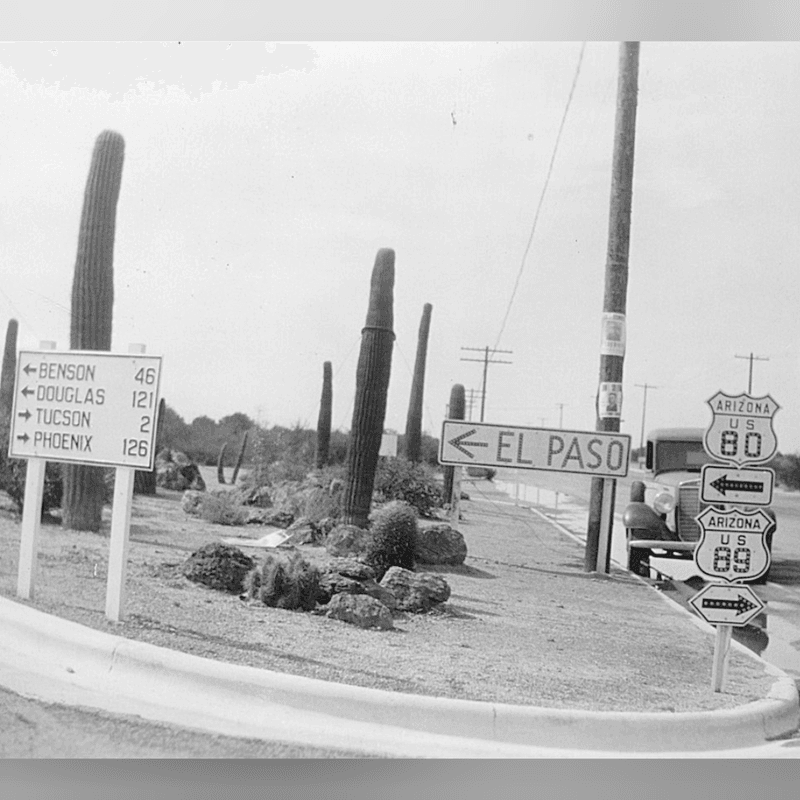
In Arizona, U.S. Route 80 earned the nickname “Mother of Arizona Highways” due to its pivotal role in the state’s development. Fully paved by 1939, it catalyzed economic growth in cities like Tucson and Yuma, transforming them into thriving urban centers. This road fostered connectivity and access, boosting local industries and tourism. Route 80’s influence extended beyond just transportation; it helped shape the cultural and economic landscape of the Southwest. Today, while many parts are abandoned, its historical significance is preserved in museums and local narratives, continuing to inspire curiosity and appreciation for the region’s evolution.
4. Once Equal to Route 66 in Traffic
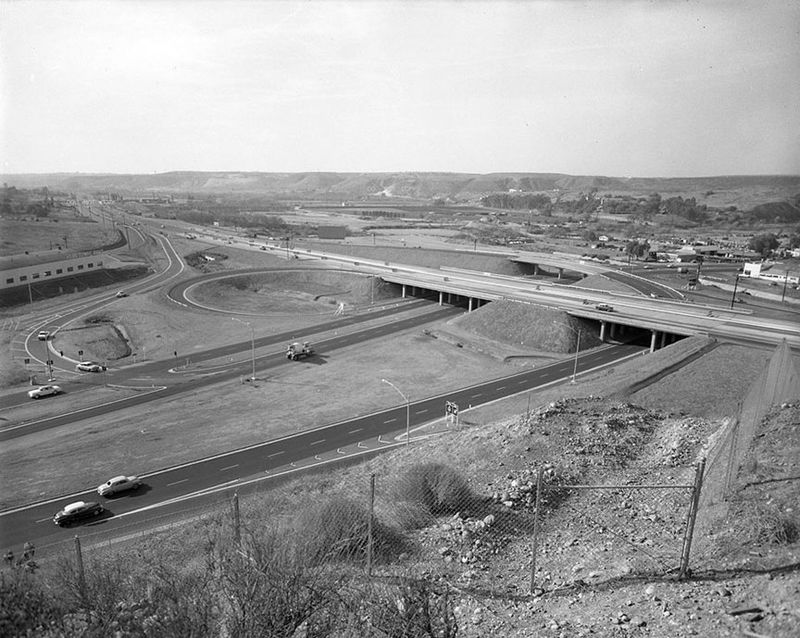
During its peak, U.S. Route 80 rivaled Route 66 in terms of traffic, acting as a bustling transcontinental thoroughfare. It served as a vital corridor for travelers and freight, welcoming countless journeys and adventures. The road was lined with motels, diners, and service stations, catering to the needs of motorists and contributing to the local economy. Its popularity and significance were on par with Route 66, making it an integral part of America’s road trip culture. Although the interstate system eventually supplanted it, Route 80’s legacy as a major travel artery persists in the memories of those who traveled its length.
5. Slow Decommissioning Began in the 1960s
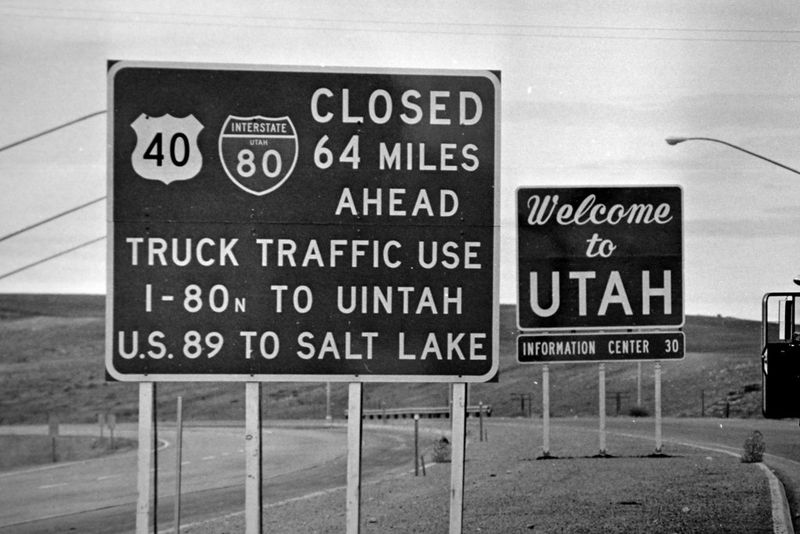
The decommissioning of U.S. Route 80 began in the 1960s, as the interstate system gradually replaced it with routes like I-8, I-20, and I-10. This transition marked the end of an era for the once-vital highway, as its designation was slowly stripped away state by state. The change reflected the country’s evolving transportation needs, favoring faster, more direct routes. While much of Route 80 was bypassed or abandoned, some stretches have been preserved or repurposed. This slow fade into obsolescence has left behind ghostly remnants that whisper tales of its former glory.
6. Shrinking Path Today
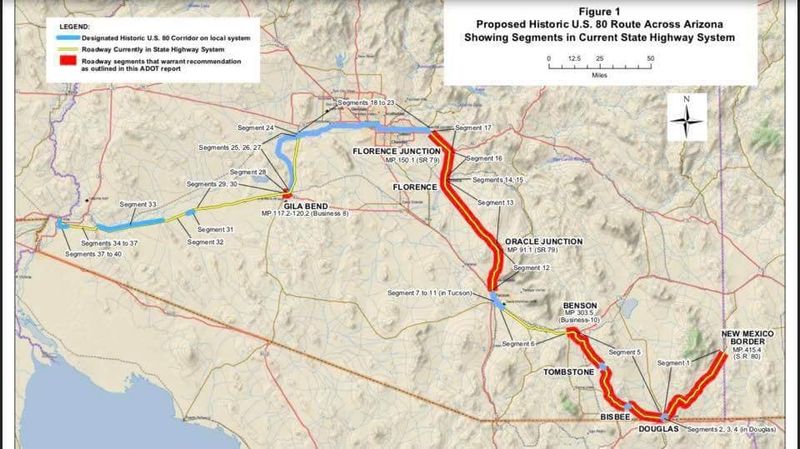
Once spanning nearly 2,700 miles, U.S. Route 80’s path has significantly shrunk, with only about 1,035 miles remaining active today from Dallas, Texas, to Savannah, Georgia. This reduction highlights the changes in American transportation and infrastructure over the decades. The remaining sections continue to serve as important local routes, preserving part of the historic highway’s legacy. While the road is no longer a coast-to-coast artery, its existing stretches offer a journey through time, connecting travelers to the past. The transformation of Route 80 reflects broader shifts in travel and roadways, marking an end of an epic journey.
7. Ghostly Gaps and Isolated Remnants
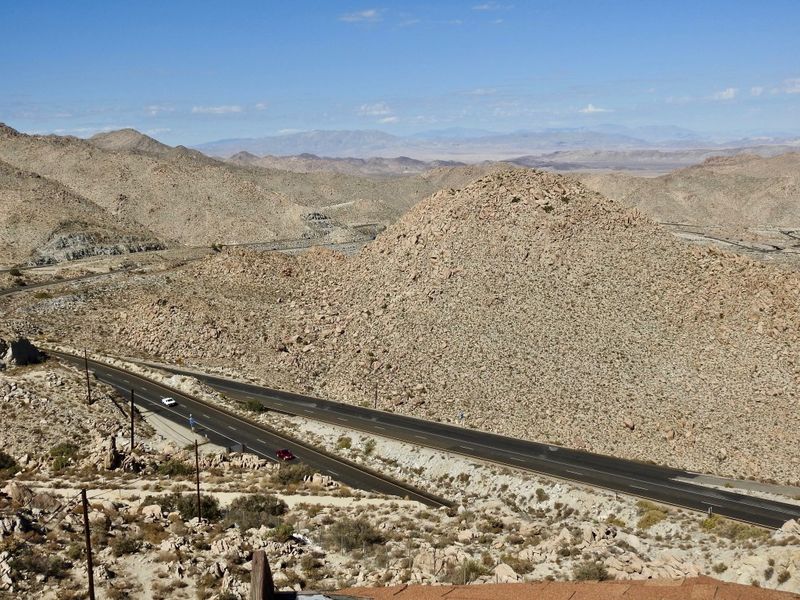
Many segments of U.S. Route 80 today are abandoned, bypassed, or repurposed, creating ghostly gaps in its once-continuous path. Particularly in California and Arizona, these isolated remnants stand as silent witnesses to the road’s storied past. The desolate stretches, marked by cracked pavement and overgrown vegetation, evoke a sense of nostalgia and mystery. These areas, while quiet and forgotten, hold stories of travelers and communities that once thrived along this route. Exploring these remnants offers a unique opportunity to connect with the past and imagine the bustling life that once filled these roads.
8. Designated Historic Roads
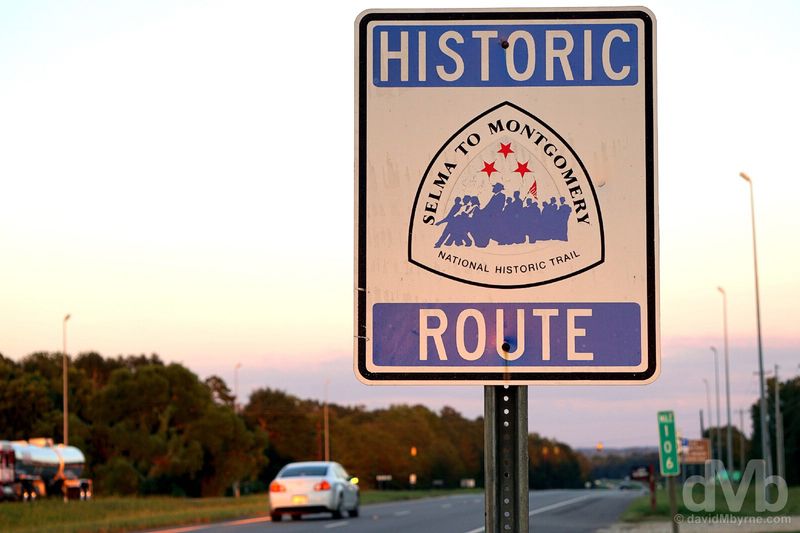
Several stretches of U.S. Route 80 have been designated as historic roads, preserving the legacy of this iconic highway. In states like Arizona and Louisiana, these sections are recognized for their cultural and historical significance, offering a glimpse into the past. Designated as Historic U.S. 80, they attract history enthusiasts and travelers seeking to experience the nostalgia of America’s early roadways. These preserved areas celebrate the importance of the route in shaping regional identities and promoting connectivity. Visiting these historic roads provides a tangible link to the past, honoring the legacy of a once-great highway.
9. Crosses the Deep South & Desert West

U.S. Route 80 traversed major cities and rural landscapes across Georgia, Alabama, Mississippi, Louisiana, Texas, New Mexico, Arizona, and California. This wide-ranging path connected the Deep South to the Desert West, crossing diverse terrains and cultures. The route offered travelers a journey through the heart of America, showcasing the country’s vastness and variety. As it threaded through bustling cities and expansive countryside, Route 80 played a crucial role in linking different regions. Today, its remaining sections continue to provide access to rich cultural heritage and scenic views, embodying the essence of American exploration.
10. Year-Round Southern Route
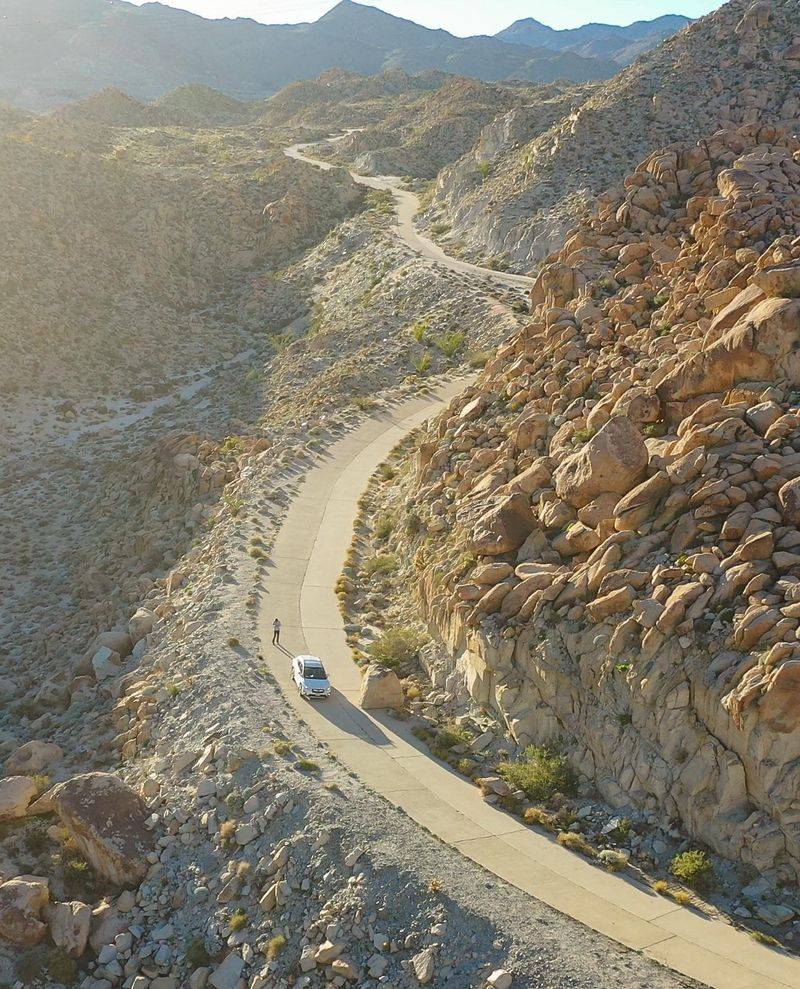
Thanks to its southern latitude, U.S. Route 80 remained open year-round, unlike northern roads often closed by snow. This accessibility made it a preferred choice for travelers seeking a reliable path across the country. However, the intense summer desert heat presented its own challenges, requiring travelers to be prepared for the harsh conditions. Despite these difficulties, the route offered a consistent and scenic journey through warm climates, connecting the East and West. Its reliable accessibility cemented its place in America’s road network, ensuring that commerce and adventure could continue without interruption throughout the year.
11. Dusty & Unpaved Origins
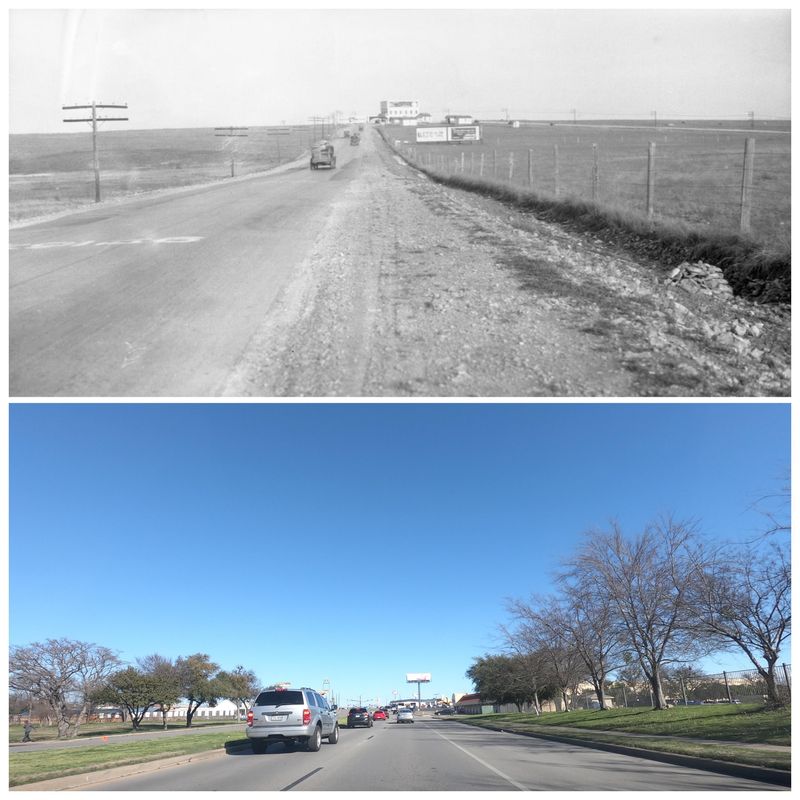
In the 1920s, only about 30% of U.S. Route 80 was paved, with the rest consisting of gravel, sand-clay, or earth roads. These rough beginnings tested the endurance and spirit of early travelers who braved the challenging conditions. The road’s development was significantly aided by federal programs, which gradually transformed it into a more reliable and accessible highway. Despite its dusty origins, Route 80 became a vital artery for cross-country travel, symbolizing progress and innovation. The improvements over the years reflect America’s determination to connect its people and places, paving the way for future generations.
12. Route 80 Today: A Lonely Nostalgic Legacy
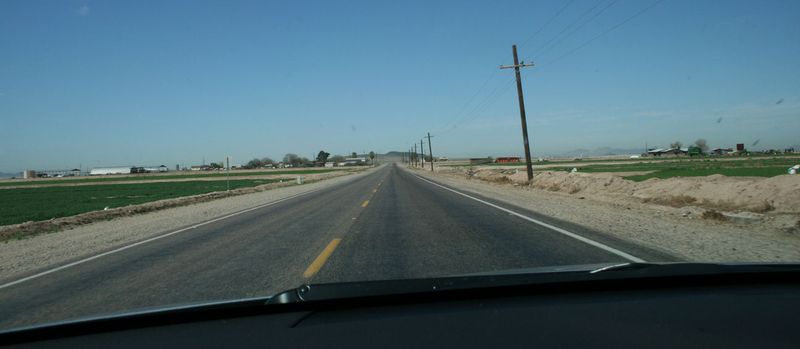
Once a bustling trunk road, the surviving alignments of U.S. Route 80 now feel quiet and historic. For many stretches, the road is deserted, offering solitude and reflection. Driving along these paths provides a sense of stepping into the past, where echoes of roadside motels, neon signage, and dusty diners still linger. The road’s current state invites adventurers to explore its nostalgic legacy and discover hidden gems along the way. Route 80 today is a reminder of a time when road trips were a quintessential part of American life, offering a unique glimpse into the country’s rich tapestry.

